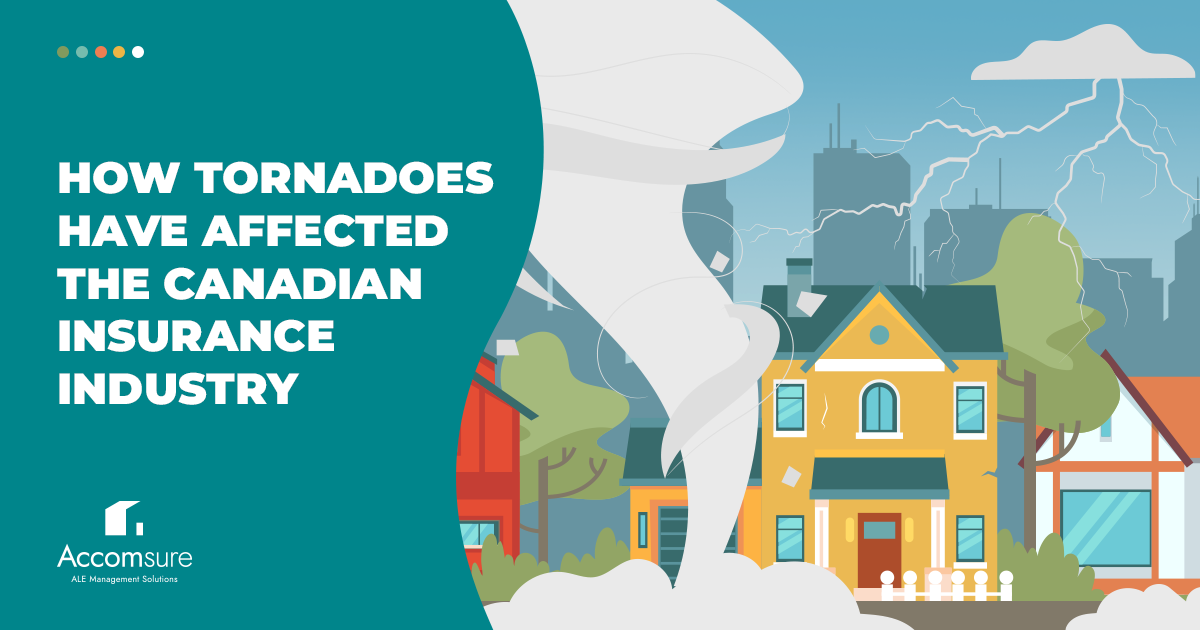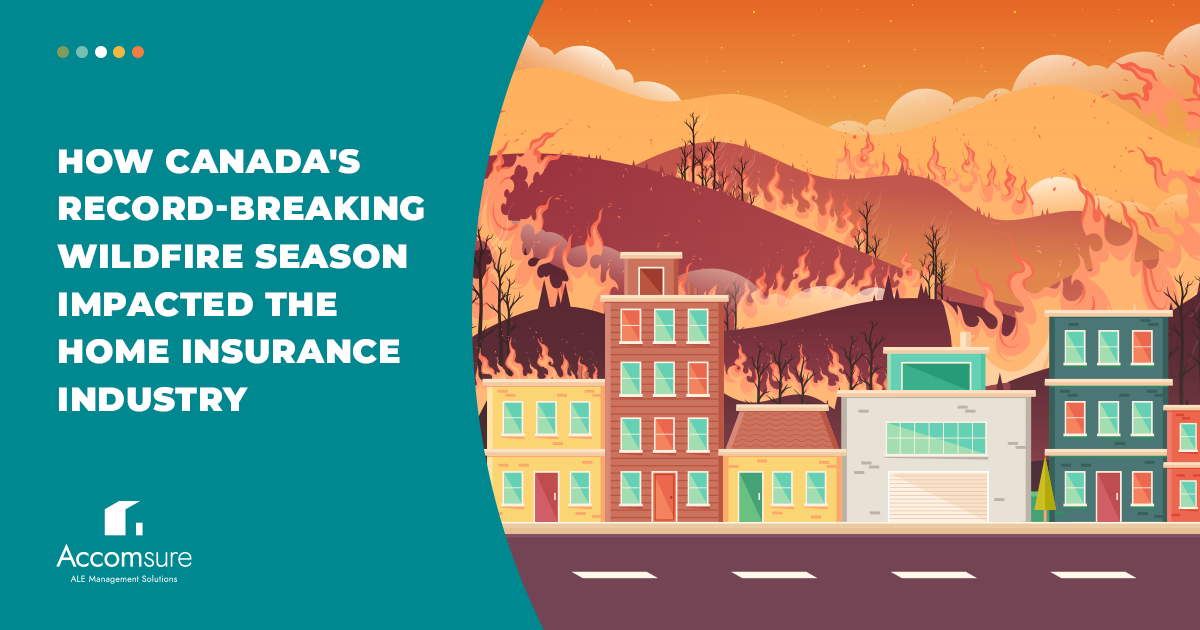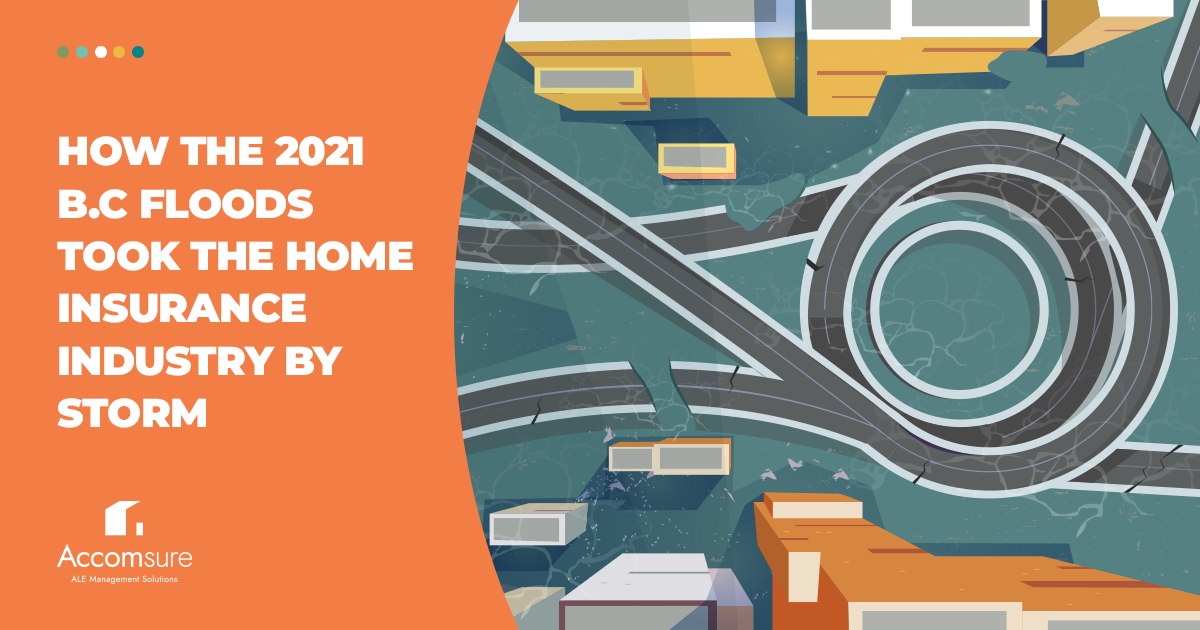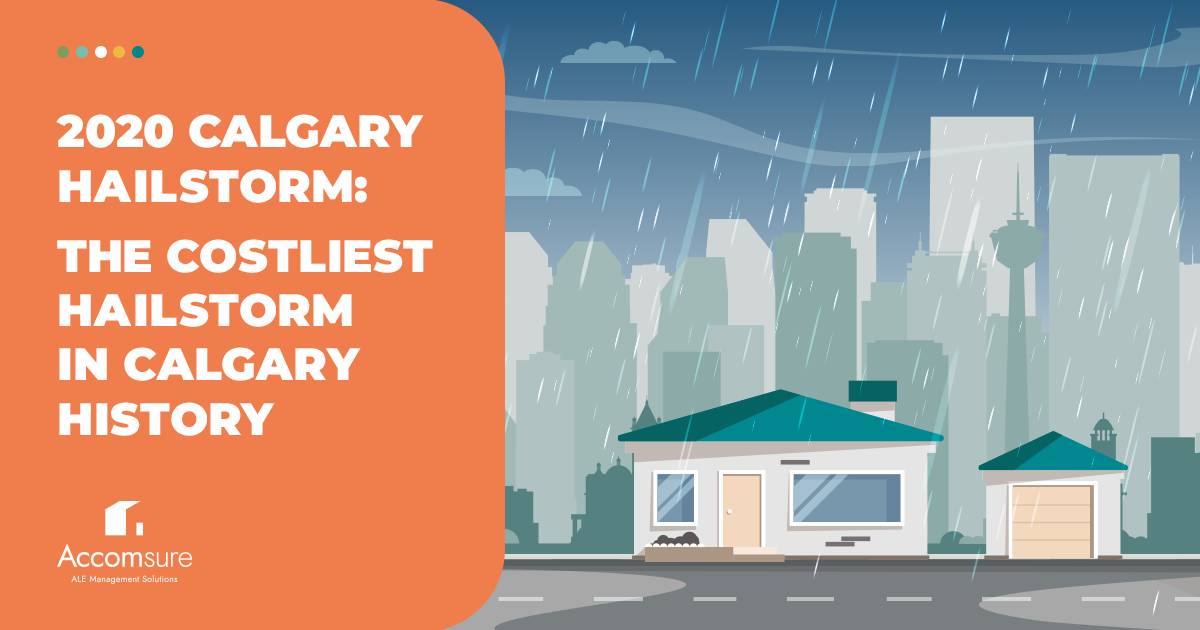Did you know Canada is ranked second in the world for having the most tornadoes per year on average?
Although Canadians tend to hear more horror stories about alternative weather events such as wildfires or hailstorms, tornadoes are still a common weather event that damage many Canadian homes and buildings yearly.
In this article, we’ll dive into some statistics about Canadian tornadoes, how they affect the insurance industry, and how an insurance company and claims adjuster can be better prepared when the next one touches down.
Statistics about Tornadoes in Canada
Canada stretches 7,821km from the coast of Victoria, BC, to St. Johns, NL. This long distance allows for drastic weather changes across the country, where some provinces see many tornadoes a year and others, none.
Prairie lands are most commonly affected by tornadoes, which is why most tornadoes are spotted in Alberta, Saskatchewan, Manitoba, and Ontario. According to The Weather Network, British Columbia typically records 0-1 tornadoes per year, Alberta records around 15 tornadoes, Saskatchewan 18, Manitoba 10, Ontario 13, Quebec 5, and the Atlantic region, 1.
Let’s dive into some more statistics about tornados in Canada:
- Canada has an average of 63 tornadoes per year (TWN)
- Tornado season is between April and September (Government of Canada)
- Tornadoes are commonly known to strike in the afternoon and early evening (Government of Canada)
- Tornadoes move around 70km/h (Government of Canada)
- Tornado winds can reach up to 500km/h (RedCross)
The most expensive tornado-related disaster in Canada cost $590 million in insured damages (SFInsurance)
5 Most Severe Canadian Tornadoes
Canadian policyholders and insurance companies are used to facing catastrophic weather events that displace residents and destroy thousands of homes and commercial buildings a year. With annual devastating hailstorms, floods, wildfires, and more, tornadoes are just the icing on the cake for Canadians.
The following are the top 5 most severe and deadly tornadoes in Canadian history.
-
The Regina Cyclone
On June 30th, 1912, Regina, Saskatchewan, was hit by the deadliest tornado recorded in Canadian history. This tornado spun through six blocks, killing 28 people, injuring 300, and leaving a quarter of the city’s population homeless.
-
Southern Manitoba
On June 22nd, 1922, multiple tornadoes hit Manitoba simultaneously, killing five people and causing $2 million in damages. To put this into perspective, $2 million in 1922 equals almost $35 million in 2022.
-
Windsor, Ontario
On June 17th, 1946, 17 people were killed, 400 homes were damaged, and hundreds of barns and farm buildings were destroyed by a deadly tornado that spun through the Detroit River in Windsor, Ontario.
-
1974 Super Outbreak
On April 3rd and 4th, 1974, multiple tornadoes touched down in Windsor, Ontario, killing eight people with their deadly funnel cloud, then travelled to 13 states in the United States, killing 300 more people.
-
Barrie, Ontario
On May 31st, 1985, 14 tornadoes hit Barrie, Grand Valley, Orangeville, and Tottenham. With over 1,000 buildings demolished, 12 people dead, hundreds of injuries and 300 families displaced, insured damages totalling just under $84 million.
The Effects of Tornadoes on the Insurance Industry
Tornadoes have proven to have dozens of negative effects on communities, policyholders, and insurance companies. Unfortunately, these challenges aren’t going away any time soon. The following are a few effects tornadoes have had on the insurance industry.
A Rise in Tornado Insurance Claim Costs
The last detrimental Canadian tornado was in Barrie, Ontario, on July 15th, 2022. This tornado injured 10 people, displaced over 100 families, and had over 2,200 insurance claims, resulting in $100 million of insured damages. As more tornadoes strike in the coming years, property damage and insurance payouts will also increase.
Hundreds of Displaced Policyholders
Displacement is heartbreaking for both policyholders and adjusters dealing with displaced policyholders. Unfortunately, tornadoes have displaced many families over the years. The following showcases a few examples of the number of families that have become displaced due to tornadoes:
- In Barrie, Ontario, in 2021, 100 families were displaced (IBC)
- In Ottawa, Ontario, in 2018, 50 families were displaced (National Post)
- In Edmonton, Alberta, in 1987, 300 families were displaced (Reader’s Digest)
When policyholders become displaced, they often rely on adjusters to help them with their immediate housing needs and their overall tornado insurance claim, which can add a lot of work to the adjuster’s plate.
Heavy Adjuster Workloads
As tornado insurance claims rise and families become displaced from tornadoes, adjusters get bombarded by insurance claims. When insurance claims rise, stress can increase, and customer service can plummet, harming insurance companies’ reputations.
How Your Insurance Company Can Prepare for the Next Tornado
With tornadoes continuing to sweep through Canadian cities, policyholders and adjusters have no choice but to prepare for the challenges that may arise when the next one hits. The following are ways you can ensure you and your policyholders are prepared:
- Ensure your policyholders have an updated homeowners insurance policy and appropriate personal property coverage with tornado insurance
- Prepare your policyholders by showing them how to submit a claim online (if applicable)
- Be sure your policyholder understands how additional living expenses get reimbursed should they become displaced
- Have an ALE Management company by your side incase your policyholder requires temporary housing
How to Mitigate the Effects of Tornadoes on the Insurance Industry
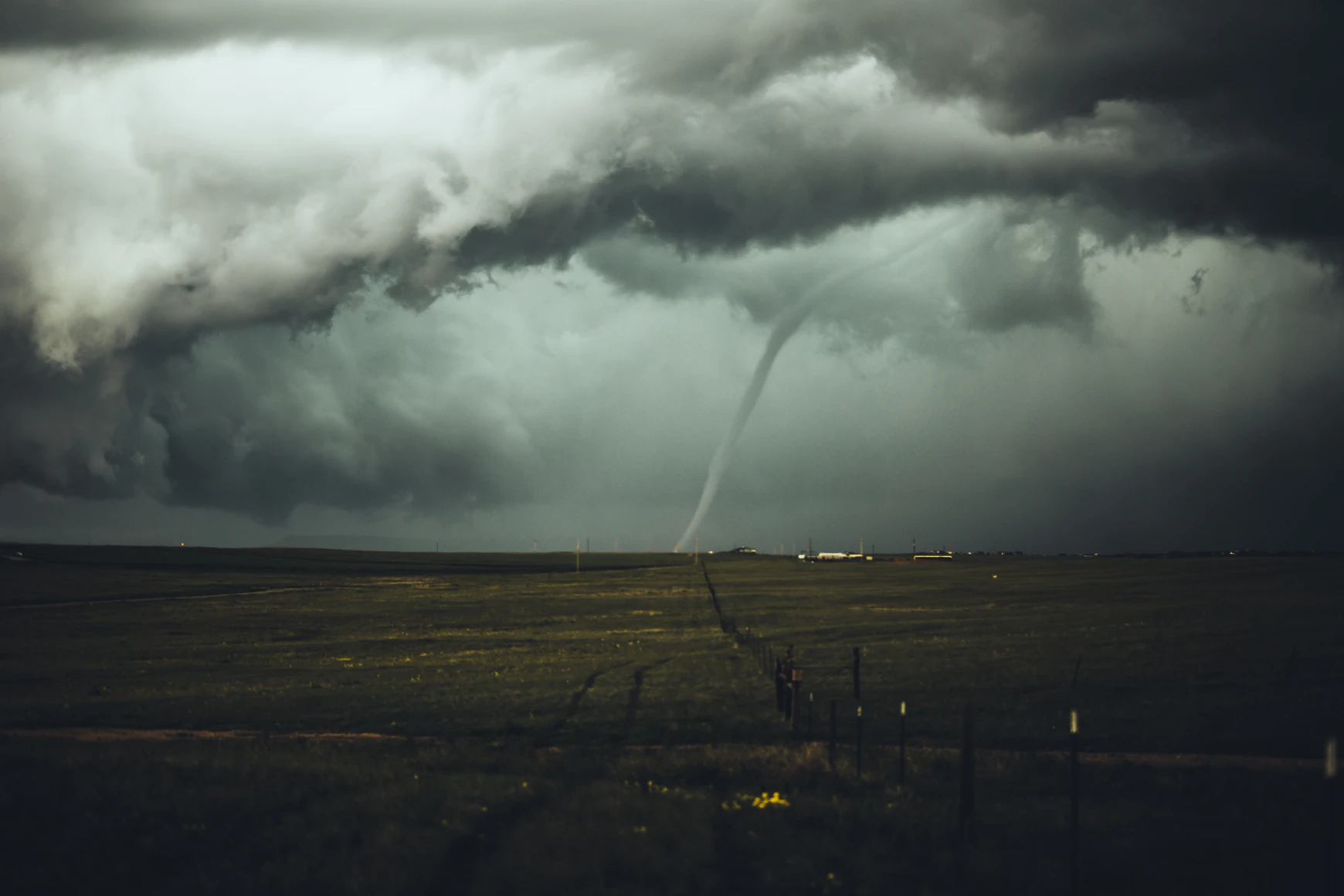
A rise in insurance claims and displaced policyholders will place a huge weight on adjusters’ shoulders. With the eagerness to help displaced policyholders but an endless list of claims holding you back, you need ALE management support from Accomsure.
Accomsure will help you and your policyholders in times of uncertainty. We will support your policyholders and their immediate needs, so you can focus directly on their claims. From positive customer service to finding temporary accommodations, Accomsure has you covered. Submit a claim or contact Accomsure to learn more.
